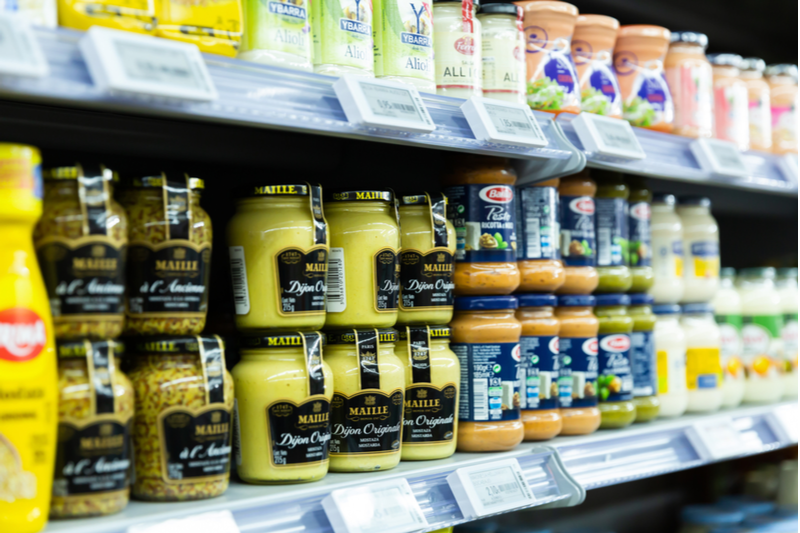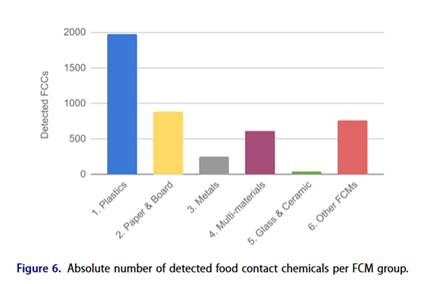Glass safest packaging for food, new research says


The study shows that glass is safest among the packaging materials as it has virtually no detected chemicals.
Image: Shutterstock/BearFotos
 Glass and ceramic are by far the safest food contact materials, according to international research, published in the journal Critical Reviews in Food Science and Nutrition (1).
Glass and ceramic are by far the safest food contact materials, according to international research, published in the journal Critical Reviews in Food Science and Nutrition (1).
The study found that nearly 3,000 chemicals can potentially leak from packaging into food, making human exposure to these chemicals highly probable. Most of these chemicals (65%) were unknown in that they have not been recorded in any regulatory or industry list to date. Of the almost 3,000 chemicals detected that can potentially leak into food, more than two thirds were identified in plastics.
“The study shows that glass is safest among the packaging materials as it has virtually no detected chemicals and therefore is the safest for human health,” said Adeline Farrelly, secretary general of FEVE, the EU federation of container glass producers.
The study stated that 2881 food contact chemicals (FCCs) have been detected, in a total of six food contact material (FCMs) groups. More than two thirds of the FCCs (1975) were identified in plastic FCMs, followed by paper and board (887), other FCMs (760), and multi-materials (614). The fewest FCCs were detected in metal (251) and glass and ceramic (47).
“This research shows the potential risks linked to migration of chemical substances into the food chain and by consequence into the environment,” said Adeline Farrelly. “There is a considerable knowledge gap to fill on food contact legislation. But also, life cycle assessment methodologies on packaging must and should take into account chemicals including hazardous chemicals used in food contact packaging materials that can potentially also leak into the environment.”
Related content
Source: foodanddrinktechnology.com

